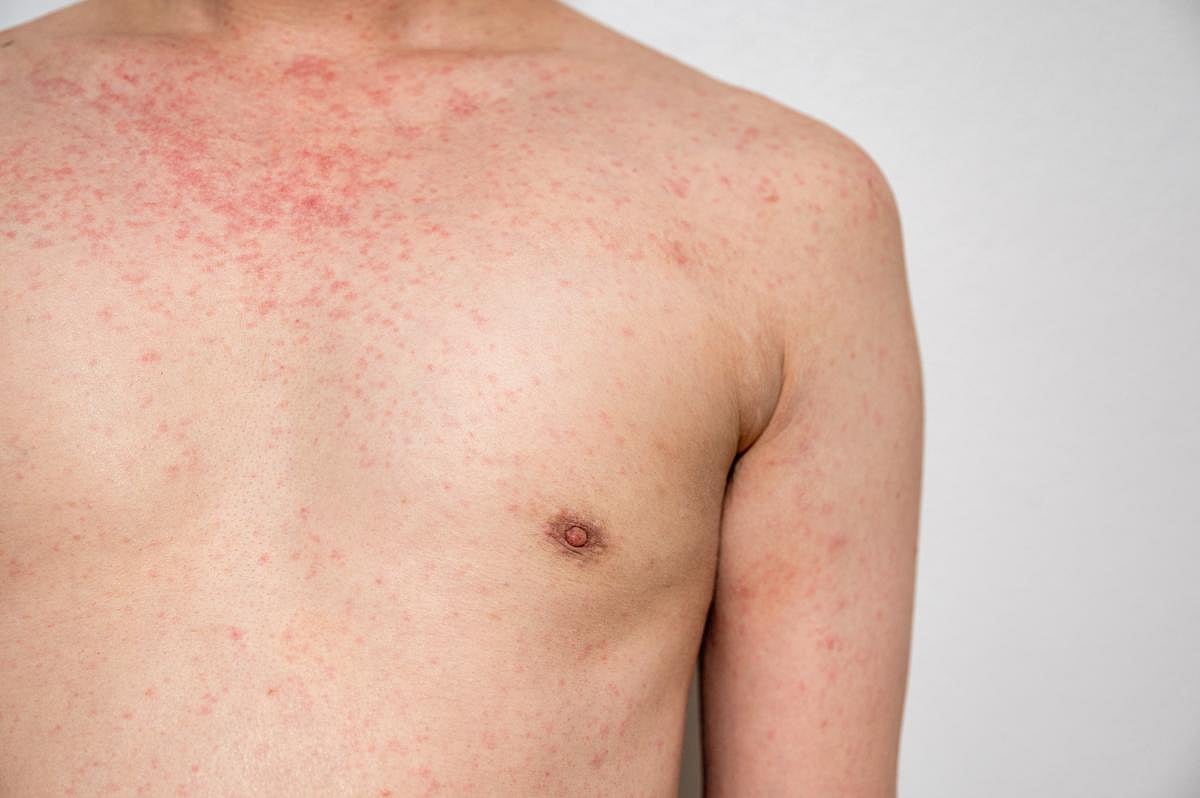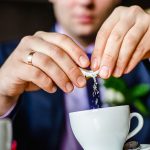
Strokes caused by an artery tear are landing five times as many Americans in the hospital these days, a new study says. Cervical artery dissection involves a small tear in the inner lining of an artery in the neck that supplies blood to the brain. Blood can clot at the site of the tear. If the clot breaks loose, it can travel to the brain and cause a stroke. Hospitalizations for this sort of stroke have increased nearly fivefold during the past 15 years, according to findings published April 2 in the journal Neurology. “Cervical artery dissection is an important cause of stroke, especially in people under 50, so it is crucial to detect it right away,” senior researcher Dr. Shadi Yaghi, a vascular neurologist at Brown University in Providence, R.I., said in a news release. “Strokes that are not fatal can lead to long-term disability, poor mental health and reduced quality of life,” he said. “Our research found a dramatic increase in the number of hospitalizations for cervical artery dissection, with rates rising steadily year over year.” These sort of tears in the cervical artery are most often caused by a motor vehicle crash or other accident that causes neck strain, researchers said. However, activities as simple as heavy lifting has been known to cause a cervical artery tear in some people. For the… read on > read on >


























-300x200.jpg)













